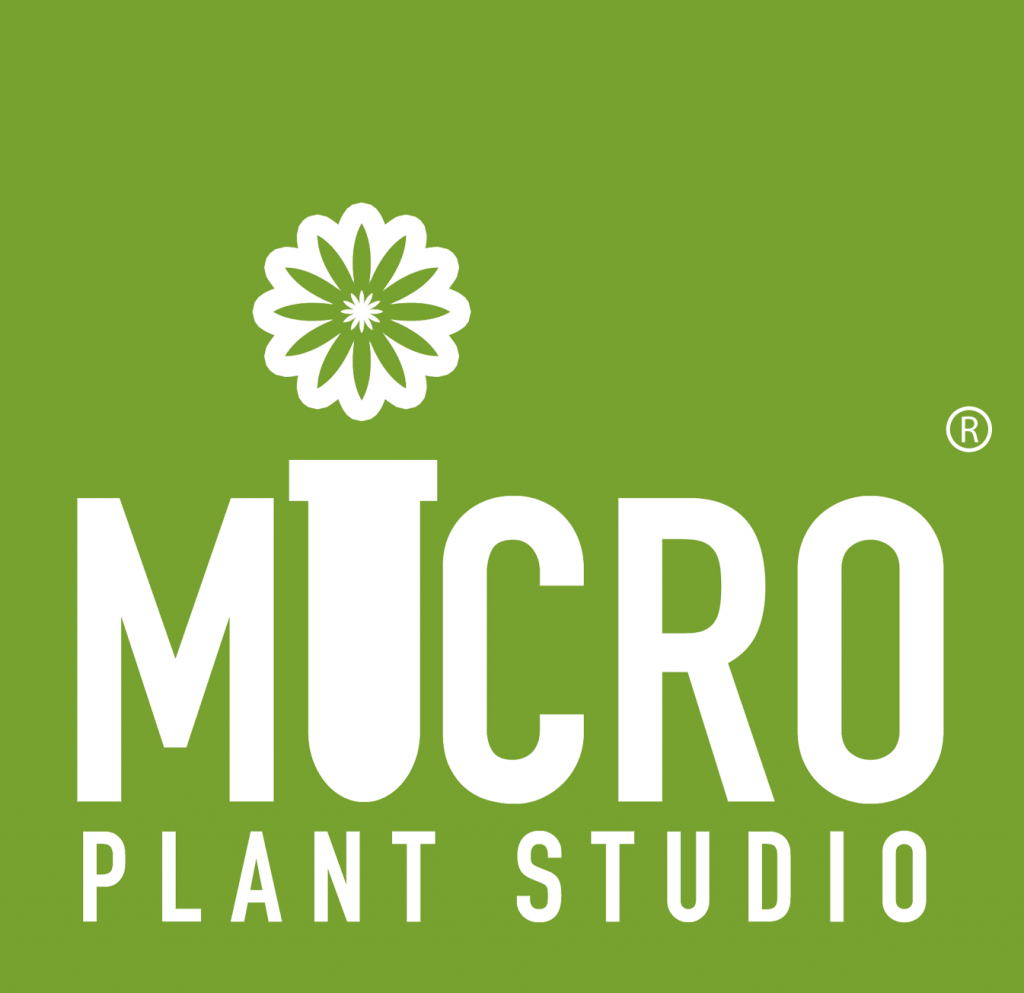Congratulations!
Bravo, you have successfully built your exposed succulent terrarium! Taking care of your terrarium is super easy, a very similar process to baking a cakey brownie. How do you know when a brownie is fully cooked? Simple, poke the brownie with a toothpick to confirm if it is fully cooked or not. If the batter is not fully cooked it will stick to the toothpick and feel wet or moist. Ideally, you want the toothpick to come out clean, which indicates the browny is done! Now, we are going to transfer this knowledge when confirming if the terrarium is in need of water!
Steps for caring your terrarium:
- Use a wooden toothpick (tool), do not use a knife or metal tool, you might end up cutting one of the main plant roots accidentally. Always, use a toothpick. If you do not have a toothpick, you may use a chopstick or skewers made out of wood, an absorbent material.
- Poke through the pebbles until you have reached the very bottom of the container.
- Turn the tool left, right and remove it.
- Touch the tool.
- Did you notice any part of the tool become wet with soil sticking to it?
- Or is it dry with no soil sticking to it?
- If is wet and the soil is sticking to it, I would wait to water the terrarium. Check back in 2-3 days.
- Repeat step 2 through 4 only if the toothpick comes out dry, meaning the terrarium is ready to be watered.
Amount of Water: Too much water will drown the plants. For this reason, we ask you to use approximately 2-3 three shots worth of water. You might notice the water will travel all the way down the container. Slowly, the soil will start to absorb the water. You can poke the soil within 2-3 hours and see if the top of the soil is wet, if not add 1-2 additional shots of water. It’s always best to under water because you can add more water. Over watering cannot be corrected and it will lead to damaging of the root system and drowning of the plants.
Signs of over and under water:
- Over watered: Leafs turned yellow and falling.
- Under watered: Leafs turned yellow, wrinkled, and drooping.
Type of Light: Most succulents prefer super some direct sunlight and filtered bright light. Some succulents when exposed to direct sunlight for a long period of time will end up burnt, more especially in the east coast. Succulents with the protective powdery coat usually do very well when exposed directly to sunlight. You can tell if the succulent have been burnt by the sun due to a change of its natural colour to a darker blackish colour and the leafs will be falling apart. One-two hours of direct sun light for some should be fine. To prevent the succulents from becoming burnt, it is best to expose them to bright indirect light.
Temperature: It is best to keep succulents in a space that is 60 degrees and higher, including during nighttime. Some succulents can do very well in a space that is below 60 degrees while some do not, because this low of a temperature can begin to freeze the plants, especially during the winter when the temperature drops. Keeping your terrarium happy and healthy means being aware of extreme temperatures and placement, please consider the following:
- AC/Heating Ventilation: The plants should not be place directly by the AC or heating ventilation system. Also, do not place the plants on hot or cold surfaces. Extreme heat and cold winds/temperature can kill your plants.
- Baseboard Heating: Keep plants away from any form of baseboard heating, including placing them by or on top of any heating system.
- Windows & Doors: Cold draft coming from a window or door can play a huge role in the overall health of your plants. If the cold draft makes contact with your plant for a long period of time it will end up freezing your plant and killing it. For this reason, please avoid placing it by an area that is producing a cold draft. If you are not sure if the window or door is producing a cold draft, place your hand within the frame and see if you can feel the cold draft.

